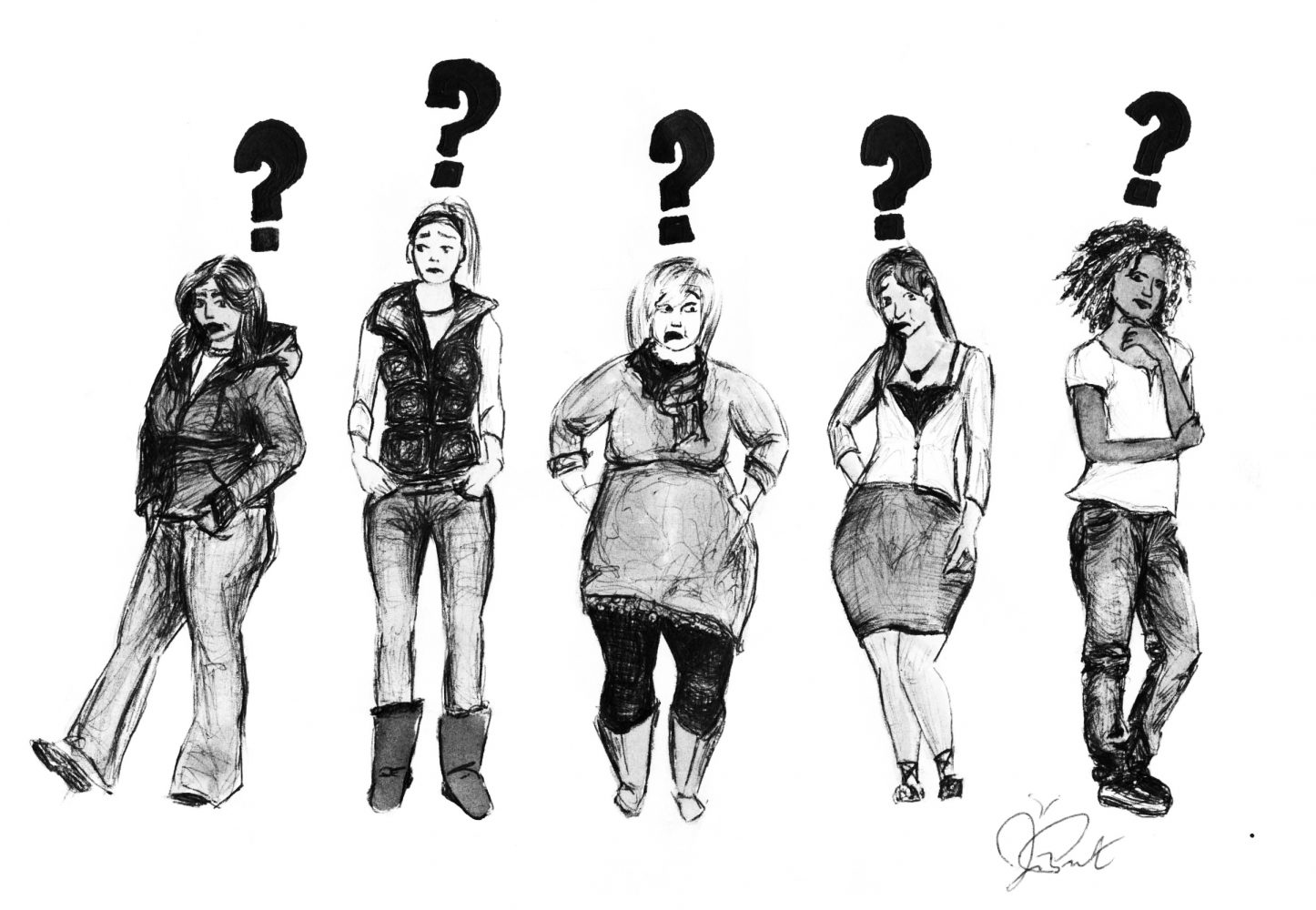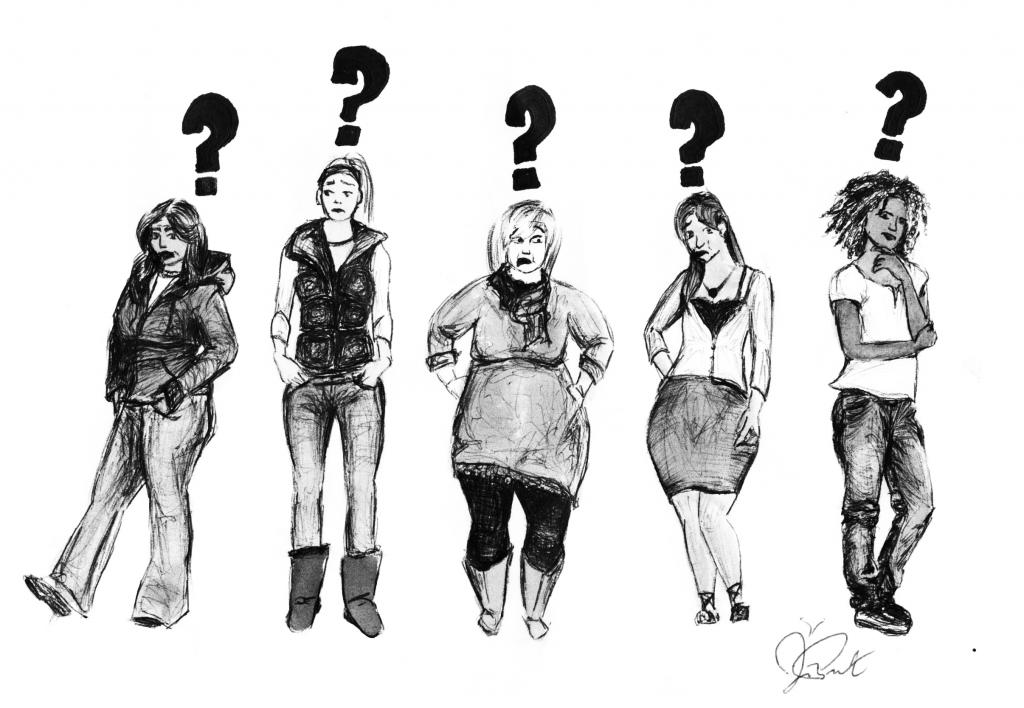On Wednesday, Nov. 19, an exposé from the Rolling Stone illuminated a particularly gruesome incident of rape on the University of Virginia’s campus, and subsequently the larger systematic issue of sexual assault on college campuses across the country.
The news from UVA arrives as SLU is concluding its own sexual assault questionnaire, which all students are required to complete before Tuesday, Dec. 9.
The Rolling Stones article lays bare the gruesome gang rape of a first-year woman at a fraternity house on UVA’s campus and the subsequent instances that deterred the survivor from reporting her rape to the authorities.
The article depicts UVA as an institution dedicated to its own prestige and storied history, combined with a dangerous rape-culture that creates an environment hostile towards survivors of sexual assault. At various stages after the woman was raped, she was told by her friends that if “she’s going to be the girl who cried ‘rape’… we’ll never be allowed into any frat party again.” At the time of publication, none of the men who committed the rape had received any punishments from UVA or law enforcement.
UVA’s culture of sexual assaults and rapes is depicted in an alternative fight song: “Never let a Virginia man an inch above your knee, he’ll take you to his fraternity house and fill you full of beer, and soon you’ll be the mother of a bastard Cavalier!” This fight song is still sung by one of the school’s a cappella groups.
It would be easy for people at SLU or any college campus to see this and declare that something like this wouldn’t happen on our campus, that the conditions leading to gang rapes and the perpetrators completely evading punishment are unique to UVA, but such declarations would be naïve. By the time a woman graduates from college, there is a 20 percent chance she will be a victim of sexual assault. For SLU female undergrads, that percentage amounts to over 1,000 women.
One example of the pervasive culture of violence towards women and men victims of sexual assaults is the rarity that perpetrators (99 percent are males according one study) face any form of consequences for the sexual assault. One of our editors remarked that in athletics, men sometimes feel particularly untouchable. This arrogance together with the fact that perpetrators are rarely reported, or rarely face real consequences and you see a situation where “[sexual predators] are not acting in a vacuum [on college campuses] . . . They’re echoing the message and culture that’s around them: the objectification and degradation of women.”
Survivors of sexual assault face a pervasive culture of victim blaming. People argue that sexual assault victims should be conscientious of their alcohol consumption and utilize the “buddy system” while at parties. These criticisms divert attention from the perpetrator’s actions. One editor remarked that reporting a sexual assault is difficult, as survivors internalize this victim blaming and become ashamed or embarrassed, which leads to underreporting. Re-living the assault while filing a report is similarly painful.
So, there is a culture that exists on every college campus that allows sexual assaults to inevitably continue. As an editorial board, we discussed a couple of options to combat this culture and make SLU more hospitable for victims of sexual assault, and more accountable to all students.
The first suggestion aims to hold the University more accountable to the student community by treating sexual assaults in the same manner as all crime incidents on or near campus- complete with an email every time one is reported including the time and place of the crime.
Another suggestion is a more victim-centric measure, such as the propagation of victims’ groups to allow survivors to meet, forming a safe space for support, affirmation and empowerment.
Finally, more preventative actions can be taken, such as classes that discuss the legal definitions of sexual assault and consent, as well as discussing the implications of these theories in real-life scenarios. These suggestions are neither comprehensive, nor easy. They require a shift in priorities for SLU and other universities, requiring an effort that is equitable to the magnitude of the problem








